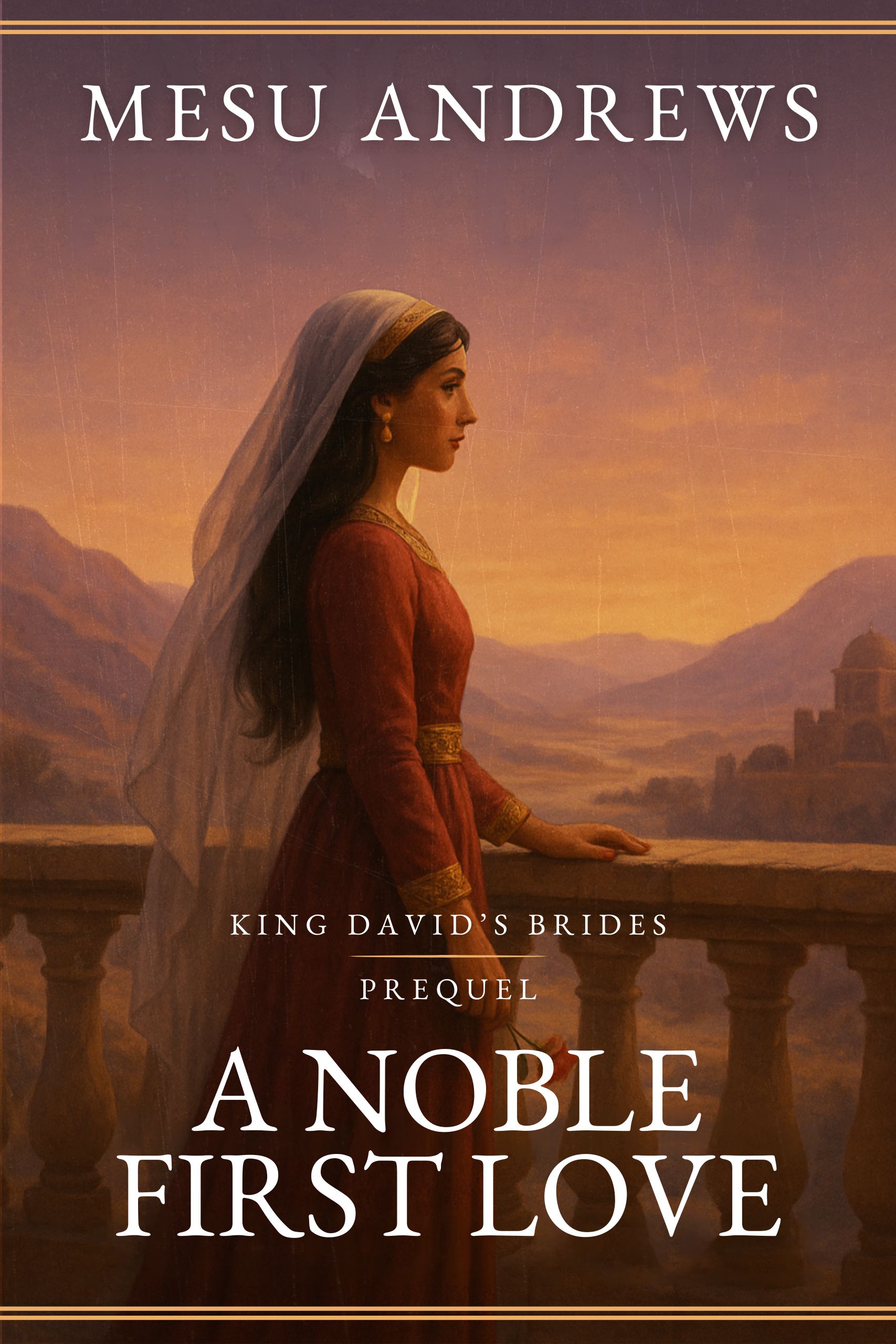What’s the Hub-Bub?
On Jan. 2, 2013, I went with a friend and her daughters to the King Tut Exhibit in Seattle. King Tutankhamun–King Tut to most of us–was an Egyptian king made famous by his tomb of hidden treasures found in the early 1900’s. Often referred to as the “boy-king,” Tut reigned from (approx.) 1336-1327 BCE and is thought to have died by the time he was nineteen years old.
Little King Tut’s a Big Deal
As I stood amid the sea of people, gawking at 3,000-year-old artifacts from the tomb of a dead boy, I asked myself, Why do thousands of people flock to see this stuff? Tickets were sold out days in advance. Why?
I listened to some of the conversations in line for the short IMAX presentation. Folks were intrigued by Egypt’s mummification process. They couldn’t wait to see the exquisite gold and bead-crafted jewelry, the intricate pottery and glassware. More than anything, people seemed fascinated by the lore—the legends of Egypt.
Caught Up in the Story
I went to the exhibit for research. Egypt played a huge role in the history of God’s people, and I needed cold, hard facts about the “Moses era.”
But in spite of the facts, I got caught up in the story of a boy king. The IMAX movie told us about King Tut’s mummified body, and through other historical data, I caught a glimpse of who he was:
- He was approximately nineteen years old when he died, having reigned 9-10 years.
- He was a small man, perhaps having severe physical maladies that could explain his premature death.
- He was married but had no children. Two infant daughters were discovered in his tomb–one severely premature (5 mos.); the second baby was nearly fully developed, and probably delivered, but bore signs of spina bifada or scoliosis.
The specific items found in King Tut’s tomb helped define Egypt’s culture and wealth as well as some of the young king’s personal likes and dislikes:
- A small wooden bed—approx. 60” from headboard to foot with woven reed inlay instead of a mattress; confirmed King Tut’s small or stooped stature.
- 36 miniature boats—suggest his interest (infatuation) with sailing ships.
- 413 Shabtis—(a Shabti is a figurine made of various materials–wood, glass, stone, etc.–buried with the king in the tomb, intended to be resurrected in the afterlife and continue forced labor–ensuring the king won’t have to work) The exorbitant number of Shabtis buried with King Tut suggested his absolute abhorrence for any type of physical labor (or perhaps his complete inability/immobility).
My Research Within Tut’s Story
I went to the Tut Exhibit hoping to learn more about the “Moses era.” My initial research conflicted with dates given at the exhibit, so I started the tour a little discouraged, but as I let myself be swept into the story of Egypt, its culture and people became the research.
The biblical novels I’ve written thus far have been set in Israel or Palestine. I attended this exhibit with the novice view that Egypt would be similar in many ways. I planned to transplant MY story of Moses into the ancient Middle Eastern culture I’d already researched so deeply.
Bad idea. It’s like comparing New York to Mexico. There’s a lot separating the two.
Culture Helps Us Understand God’s Word
Just as culture is crucial to understanding history, I believe culture is also key to unlocking the fuller meaning of Scripture. I saw exquisite wealth from King Tut’s tomb. Finely-crafted, gold and beaded jewelry. Weapons. Furniture (bed, chair, vases). Toys/Games.
So when I read the complaints of the Israelites as they wandered in the wilderness, I understand that even as slaves, they had once lived in a very modern, advanced culture—before God “delivered” them.
Numbers 11:5-6 – “We remember the fish we ate in Egypt at no cost—also the cucumbers, melons, leeks, onions and garlic. But now we have lost our appetite; we never see anything but this manna!”
The Truth in the Story
If you’re hungry to know more of God’s Word, find a writer, preacher, teacher, or Bible study that illustrates Scripture with well-researched stories.
Stories from the Truth
A good storyteller can make confusing Bible passages come alive. Does that mean the Bible isn’t enough? Absolutely not! The Bible is absolute truth, but even Jesus used parables to illustrate the truth.
We’ve heard it said, “A picture is worth a thousand words.” Well, a good story leaves lasting pictures in our minds of the truths it expresses.
Today’s Questions:
- Is there anything about ancient Egypt or King Tut that surprised you?
- How do you feel about incorporating cultural/context research in sermons and/or Bible study material?




Comments 2
I think cultural context should be used in Bible studies and sermons. Understanding culture better helps us understand the Bible. I know that I had heard the story of the prodigal son numerous times and understood the betrayal but did not understand much else about the story until I learned about Israelite values. Earlier this year I began attending a church with a Jewish pastor who is now a Christian. He did a sermon on the Holy Days and was able to explain why they were so important when most people skip over them when reading.
Author
I love that your pastor is a Jewish Christian! How awesome is that! I was blessed to meet two new friends last year who had been devout Jews all their lives but had accepted Jesus as Messiah and their personal Savior five years ago. What incredible insights they gave me on Scripture! Thanks for reminding us that our Lord Jesus was thoroughly Jewish, Rebekah! 😉